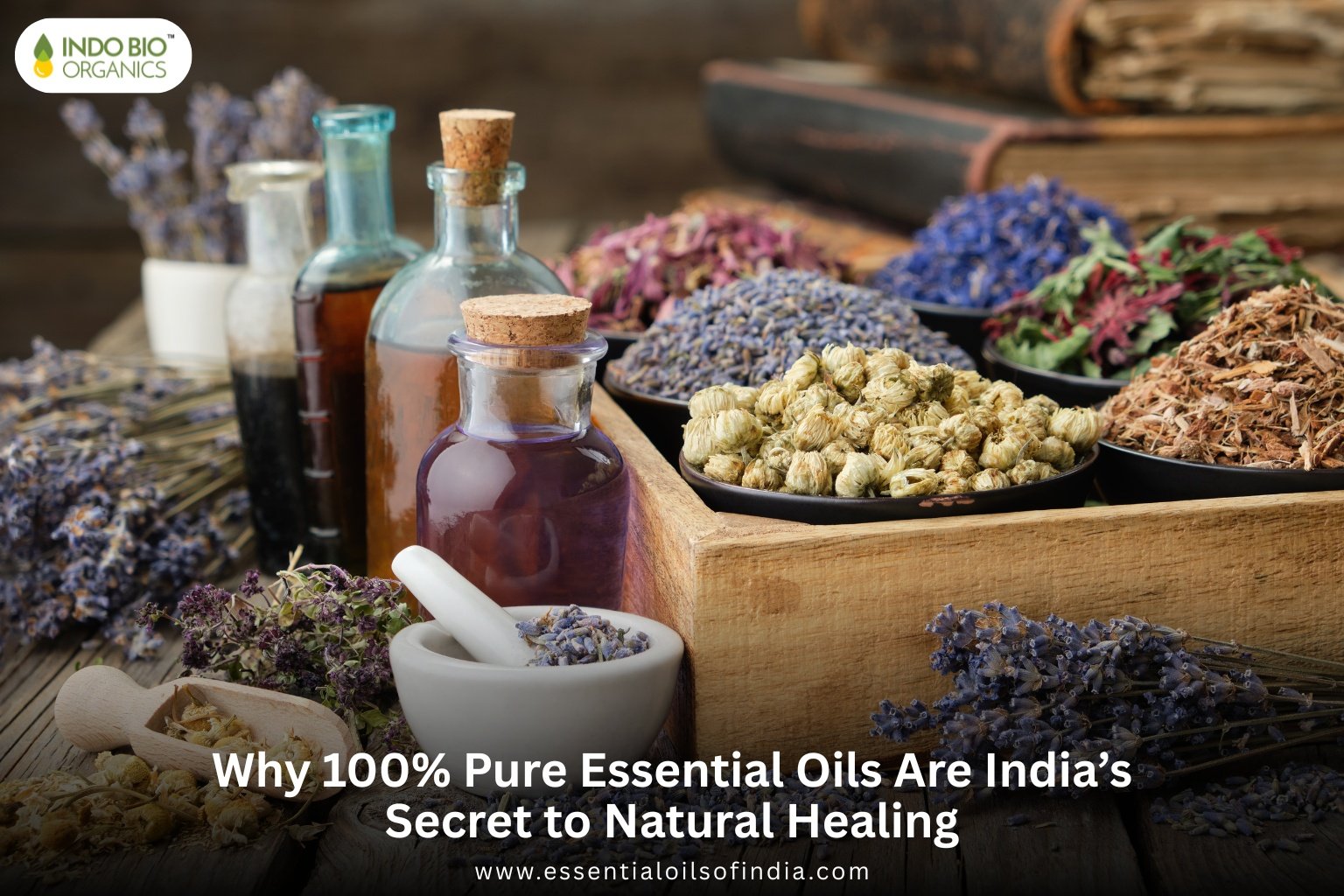
India has long been called the land of fragrances, where aromatic herbs and healing plants have been used for centuries in daily life, religious rituals, and traditional medicine. From the refreshing scent of lemongrass fields in Kerala to the sacred aroma of sandalwood in Karnataka, India’s connection to natural oils runs deep into its cultural and healing roots.
Today, the world is turning to India not just for its diversity of plants, but for something even more profound — its 100% pure essential oils, extracted using traditional and modern techniques that preserve nature’s therapeutic power.
But what makes Indian essential oils so special? And how do they contribute to natural healing in ways synthetic alternatives simply can’t?
Let’s explore.
Essential oils are not a new-age trend in India; they are part of an ancient healing science known as Ayurveda, which dates back more than 5,000 years.
Ayurveda, derived from the Sanskrit words “Ayur” (life) and “Veda” (knowledge), emphasizes balance between mind, body, and spirit. Essential oils were key tools in achieving this balance.
In ancient Ayurvedic texts like the Charaka Samhita and Sushruta Samhita, aromatic oils from herbs and flowers were prescribed for:
For example:
Even today, Ayurvedic doctors and wellness experts use essential oils in therapies like Abhyanga (oil massage) and Shirodhara (dripping warm oil on the forehead) to promote relaxation and detoxification.
From temple rituals to daily home remedies, essential oils play an invisible yet important role in Indian life.
These traditions reflect how India has always valued nature’s healing essence — long before the rest of the world called it “aromatherapy.”
In today’s market, many essential oils are diluted, synthetic, or mixed with carrier oils to reduce cost. However, authentic Indian producers follow traditional distillation methods that preserve the oil’s potency and purity.
The most common extraction method used in India is steam distillation, a technique that gently separates the plant’s volatile compounds without chemical interference.
This method is especially used for:
The process ensures that every drop captures the true chemical profile of the plant, making Indian oils among the most potent in the world.
For oils derived from seeds and peels — like coconut, sesame, jojoba, and orange — cold pressing is the go-to technique.
Unlike heat-based methods, cold pressing uses mechanical pressure, ensuring that vitamins, fatty acids, and nutrients remain intact.
This is why cold-pressed oils are favored for skincare, haircare, and therapeutic massages.
Leading Indian essential oil brands comply with ISO, GMP, and USDA Organic certifications, ensuring international quality.
India is one of the few countries where organic farming, sustainable sourcing, and traditional knowledge converge in a single ecosystem.
This makes Indian essential oils highly sought after in countries like the USA, UK, Japan, and the Middle East, where natural wellness is booming.
When we talk about 100% pure essential oils, it’s not just about fragrance — it’s about function.
Essential oils affect both the body and mind through aromatherapy, topical application, and even inhalation therapy.
Each oil carries unique healing compounds that interact with the body’s natural systems.
| Essential Oil | Main Benefit | Key Compounds |
|---|---|---|
| Lavender | Calming & sleep aid | Linalool, Linalyl acetate |
| Peppermint | Headache relief & focus | Menthol, Menthone |
| Tea Tree | Antibacterial & acne treatment | Terpinen-4-ol |
| Rosemary | Hair growth & memory | Cineole, Camphor |
| Lemongrass | Detox & stress relief | Citral, Myrcene |
Scientific studies show that inhaling 100% pure essential oils molecules triggers the olfactory nerve, which connects directly to the limbic system — the brain’s emotional control center.
This means aromas can instantly affect mood, stress levels, and even heart rate.
That’s why essential oils are used in:
India, being home to countless medicinal plants, naturally provides the widest range of therapeutic oils — from earthy patchouli to refreshing peppermint.
Indian essential oils have gained immense global recognition. The world associates Indian oils with purity, potency, and ethical sourcing.
India exports millions of liters of essential oils annually to Europe, the Middle East, and the United States.
According to the Indian Trade Promotion Organisation (ITPO), essential oils from India — especially lemongrass, peppermint, and sandalwood — rank among the top 10 natural exports of 100% pure essential oils in the country’s wellness segment.
International beauty and wellness brands source directly from India for oils used in perfumes, cosmetics, and aromatherapy.
This includes well-known names in:
For Indians, essential oils are not just about looking good; they’re about feeling balanced.
This holistic mindset is what makes these oils so powerful.
They’re used for:
The fusion of spiritual wellness and natural science is the true secret behind India’s essential oil legacy.
When we talk about 100% pure essential oils, the word pure carries real scientific weight. Essential oils are volatile aromatic compounds extracted through methods like steam distillation, cold pressing, or CO₂ extraction. The goal is simple — to capture the plant’s natural essence without altering its chemical integrity.
Indian producers have mastered this art over centuries. Whether it’s the delicate distillation of rose petals in Kannauj or the steam extraction of lemongrass in Assam, Indian distillers rely on traditional craftsmanship combined with modern quality control.
Scientific studies conducted on Indian essential oils — particularly sandalwood, turmeric, tulsi, and neem oils — show powerful antimicrobial, anti-inflammatory, and antioxidant properties. These compounds interact with the human body through olfactory receptors, skin absorption, and even the limbic system in the brain — the center of emotion and memory.
In short, pure Indian essential oils do more than just smell good. They trigger biological responses that promote healing, calmness, and mental clarity.
India’s deep relationship with essential oils originates in Ayurveda, the world’s oldest holistic healing system. Ayurvedic practitioners believe that every plant holds a unique “Prana” — life energy — and essential oils are the most concentrated form of that energy.
For instance:
Ayurvedic massage (Abhyanga) often uses these oils mixed with carrier oils like sesame or coconut to restore body balance. The process of inhaling, applying, and absorbing these oils forms a complete mind-body therapy that’s now being validated by global wellness research.
In fact, international spas and wellness centers increasingly source essential oils from India because of their Ayurvedic authenticity and traceable purity.
Over the past decade, India has evolved into one of the top exporters of natural 100% pure essential oils worldwide. Markets in the USA, UK, Canada, Japan, and Europe are now embracing Indian oils for their therapeutic grade quality and eco-conscious production.
Some of the most sought-after Indian essential oils include:
The global shift toward chemical-free living and sustainable skincare has put Indian essential oils in the spotlight. Consumers are reading labels, asking questions, and seeking transparency — and Indian manufacturers are stepping up with certifications like ISO, USDA Organic, and Ecocert.
Essential oils often work best when paired with cold-pressed carrier oils. These carrier oils — such as jojoba, almond, sesame, and coconut oil — are extracted without heat, retaining their nutrients and vitamins.
In Indian tradition, cold-pressed oils were used for everything — from scalp massage rituals to wound healing. When combined with pure essential oils, they enhance absorption and reduce the risk of irritation.
Here’s how they work together:
This synergy between essential and carrier oils is what makes India’s natural healing system holistic and balanced.
Unfortunately, the rising global demand for essential oils has led to a flood of synthetic or adulterated oils. Many of these contain chemical solvents, artificial fragrances, or diluted alcohols that mimic aroma but lack therapeutic value.
Here are simple tips to identify 100% pure essential oils:
Indian producers like 100% pure essential oils maintain strict quality controls — using small-batch distillation, lab testing, and sustainable sourcing — to ensure the oils are therapeutic-grade and 100% pure essential oils.
Yoga studios, spas, and aromatherapists around the world are increasingly turning to Indian 100% pure essential oils for their grounding, spiritual, and emotional benefits.
For example:
Even global cosmetic brands are highlighting “Made in India” 100% pure essential oils in their formulations due to the country’s reputation for quality and ethical production.
India’s diverse geography — from the Himalayas to Kerala’s spice gardens — allows it to cultivate a wide range of aromatic plants, making it a one-stop source for authentic, natural oils.
The future of India’s essential oil industry lies in sustainability and innovation. As more consumers demand ethical products, Indian manufacturers are adopting:
Moreover, government-backed initiatives like “Make in India” and “Startup India” have encouraged the rise of small organic brands that promote purity and traceability.
The industry is also moving toward AI-based quality control, ensuring that every batch meets chemical composition standards before export.
The combination of ancient Ayurvedic wisdom and modern scientific rigor is what gives Indian essential oils their unique identity — a blend of spirituality, purity, and practicality.
Choosing Indian essential oils means choosing:
Purity and potency – Extracted without fillers or chemicals.
Sustainability – Sourced ethically from farms practicing organic cultivation.
Tradition and trust – Backed by centuries of Ayurvedic knowledge.
Global recognition – Certified and exported to top international brands.
When you buy from 100% pure essential oils India, you’re not just purchasing a product — you’re embracing a story of heritage, craftsmanship, and holistic living.
These oils are nature’s most authentic way of bringing wellness, balance, and peace into everyday life — whether you use them for skincare, aromatherapy, or spiritual rituals.
There’s a reason Indian essential oils have stood the test of time — they are pure, rooted in tradition, and proven by science. From Kannauj’s rose gardens to Kerala’s spice farms, India’s natural landscape offers a healing gift to the world.
When you choose 100% pure essential oils from India, you’re not just supporting a product; you’re participating in a centuries-old philosophy that believes — true wellness begins in nature.
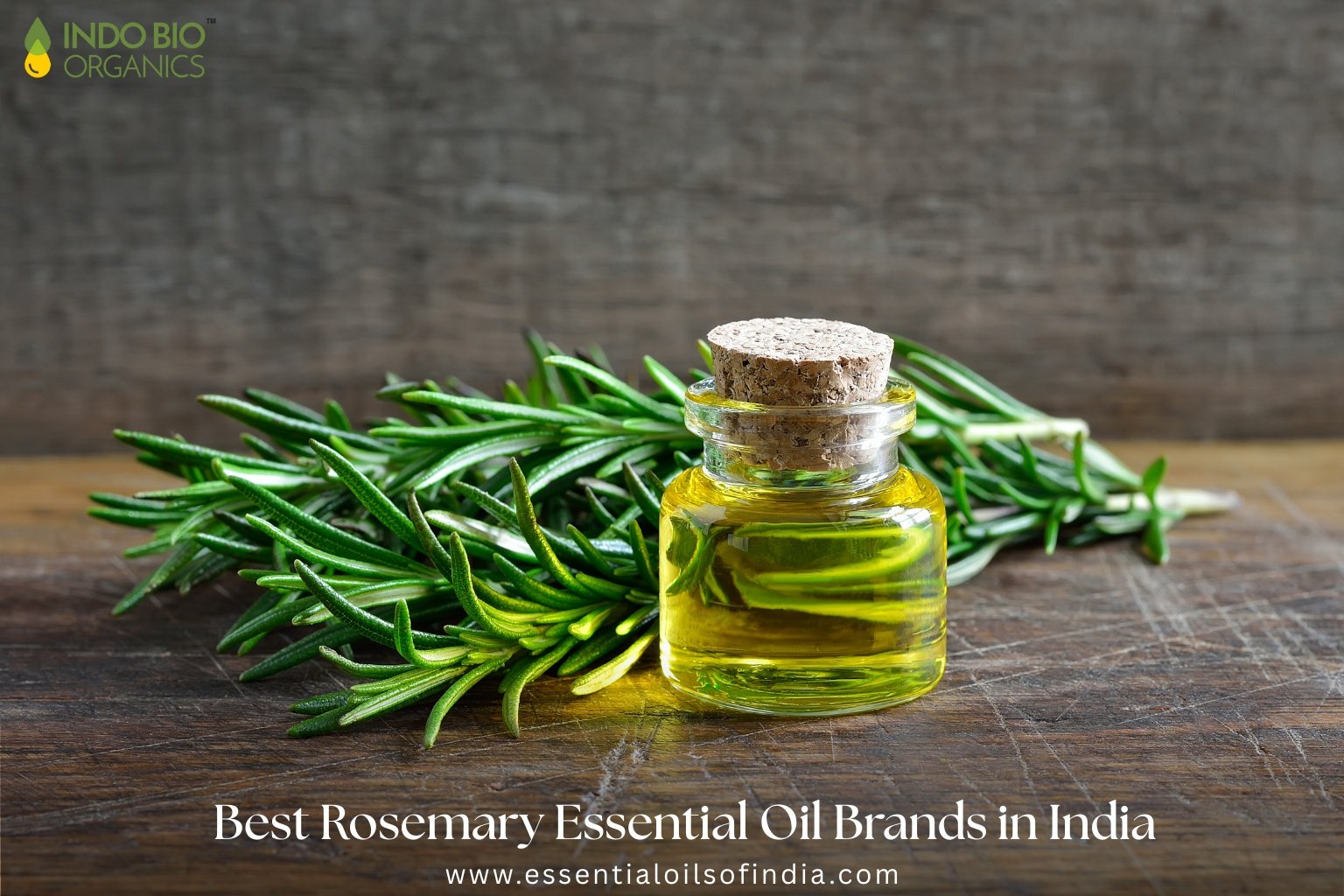
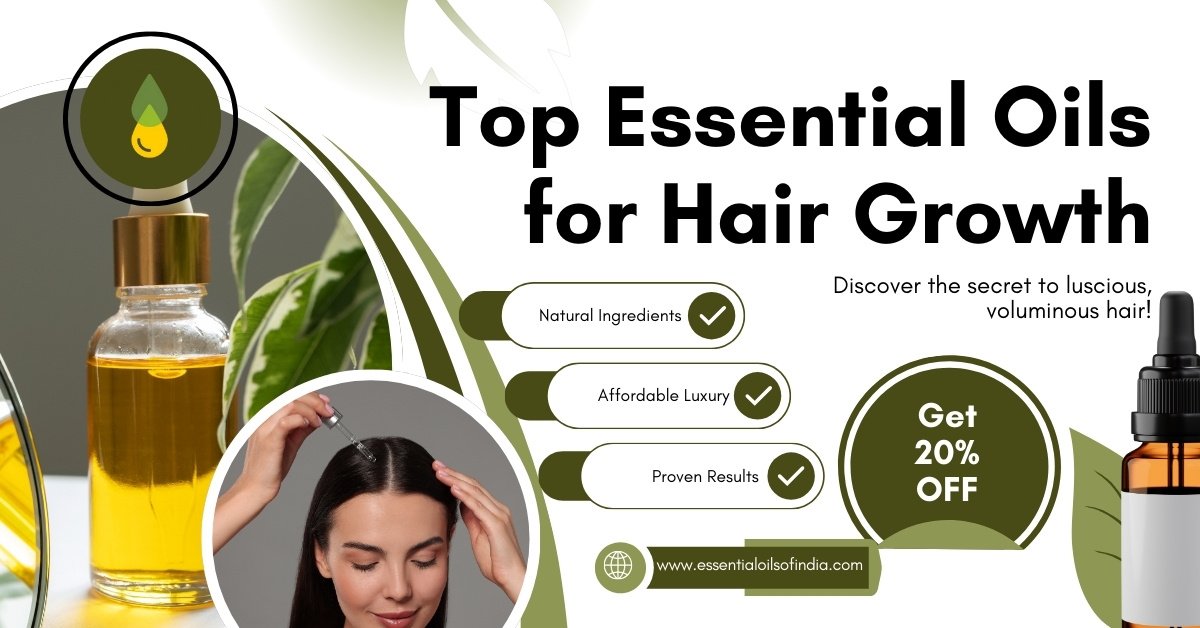
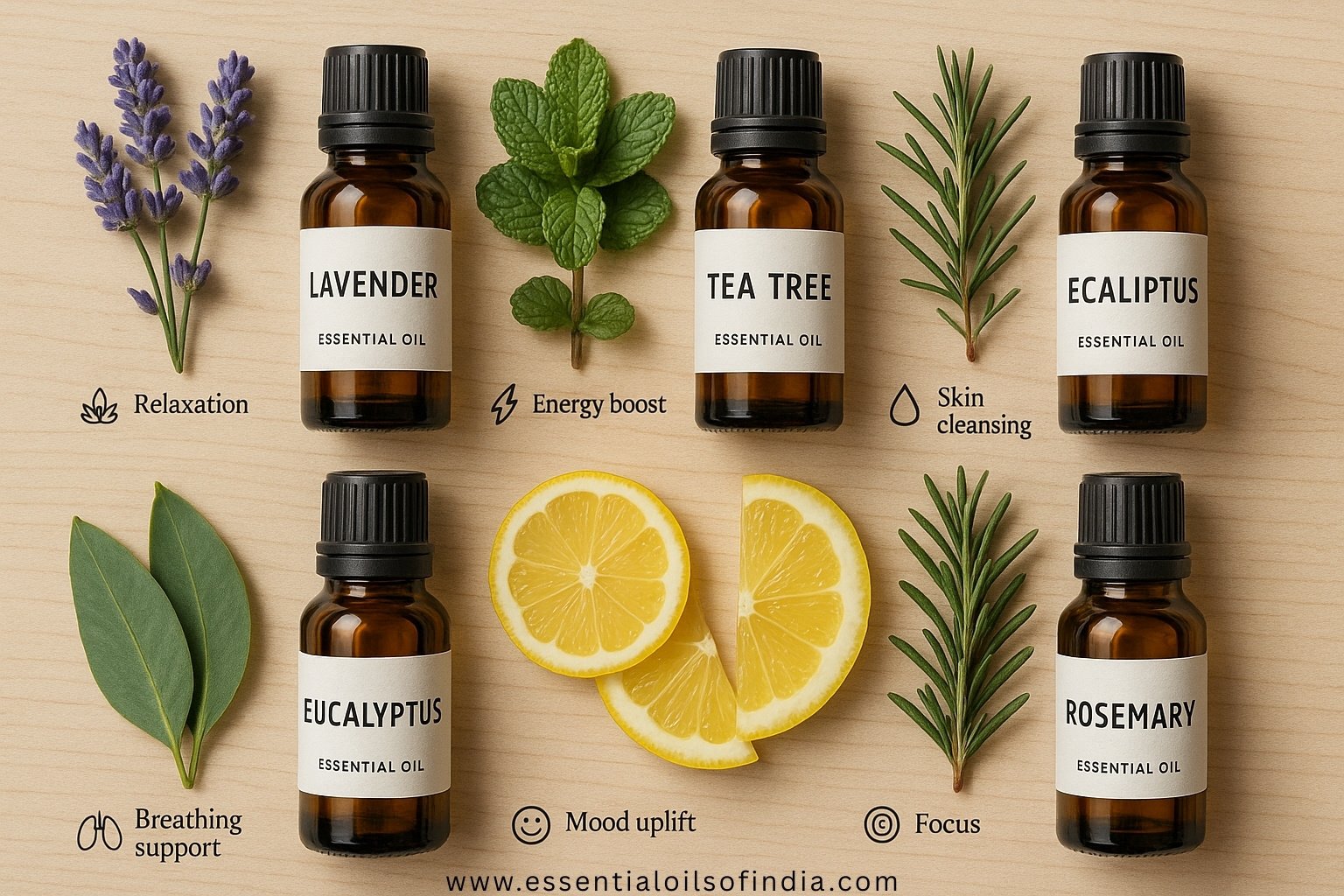
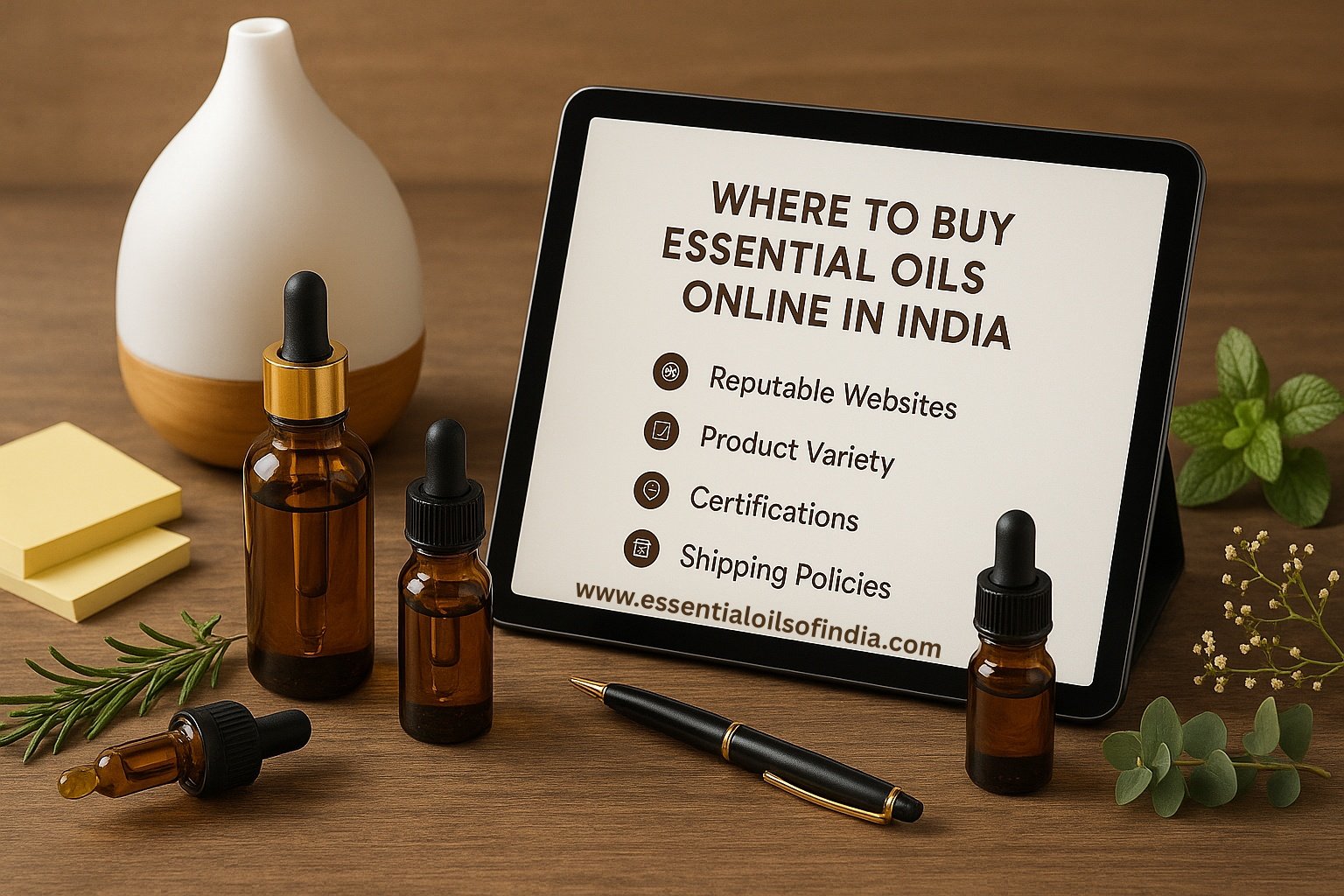
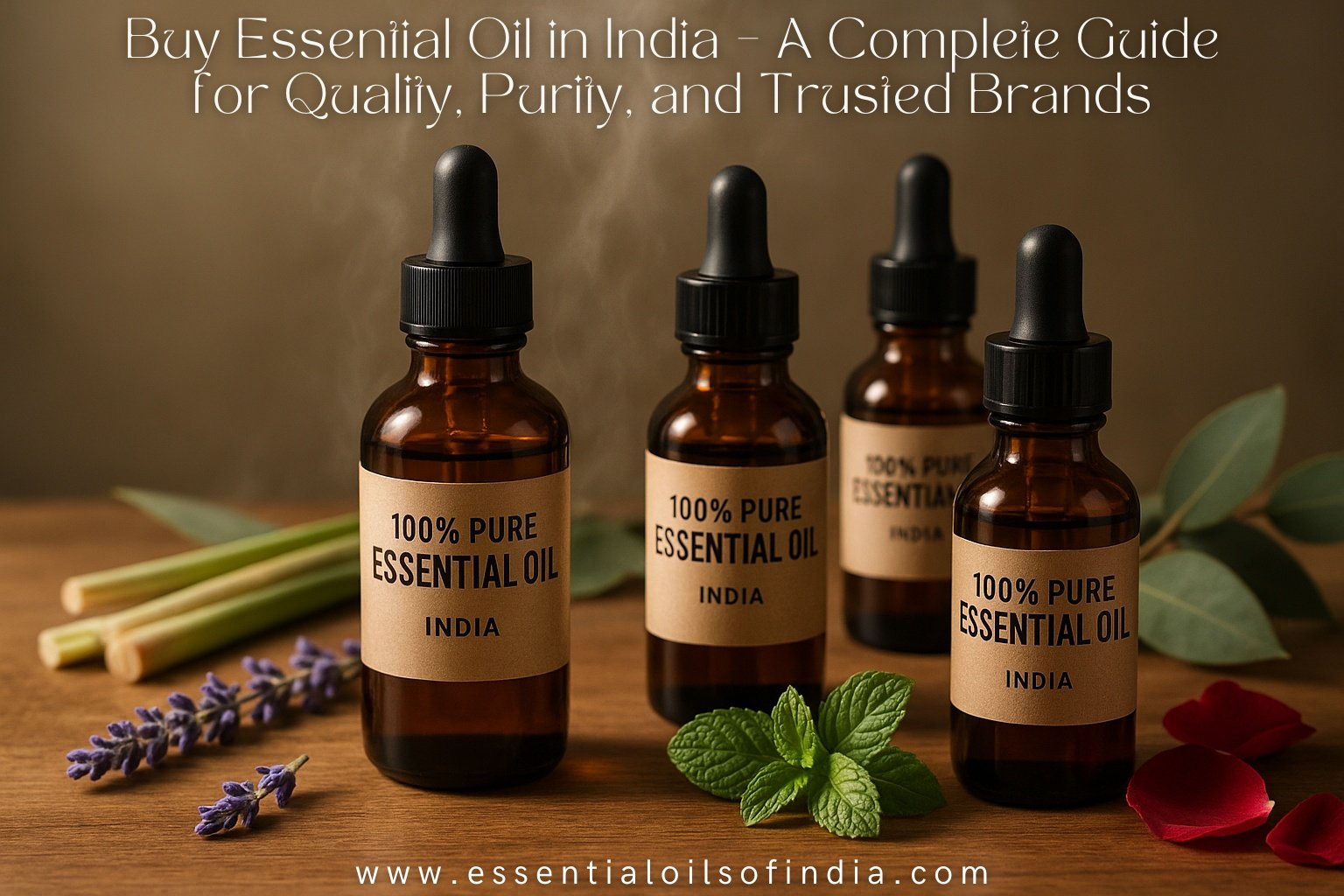
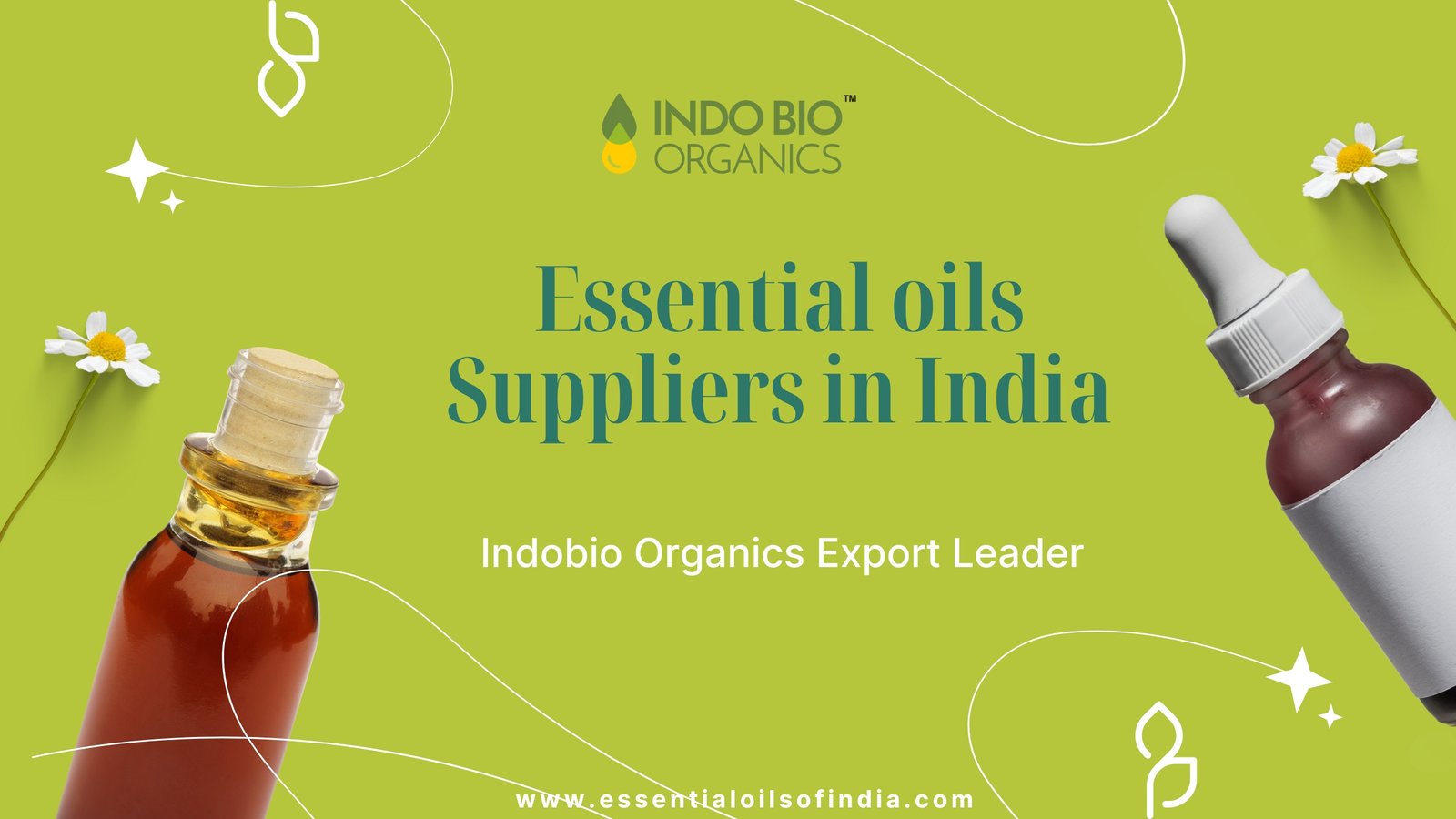
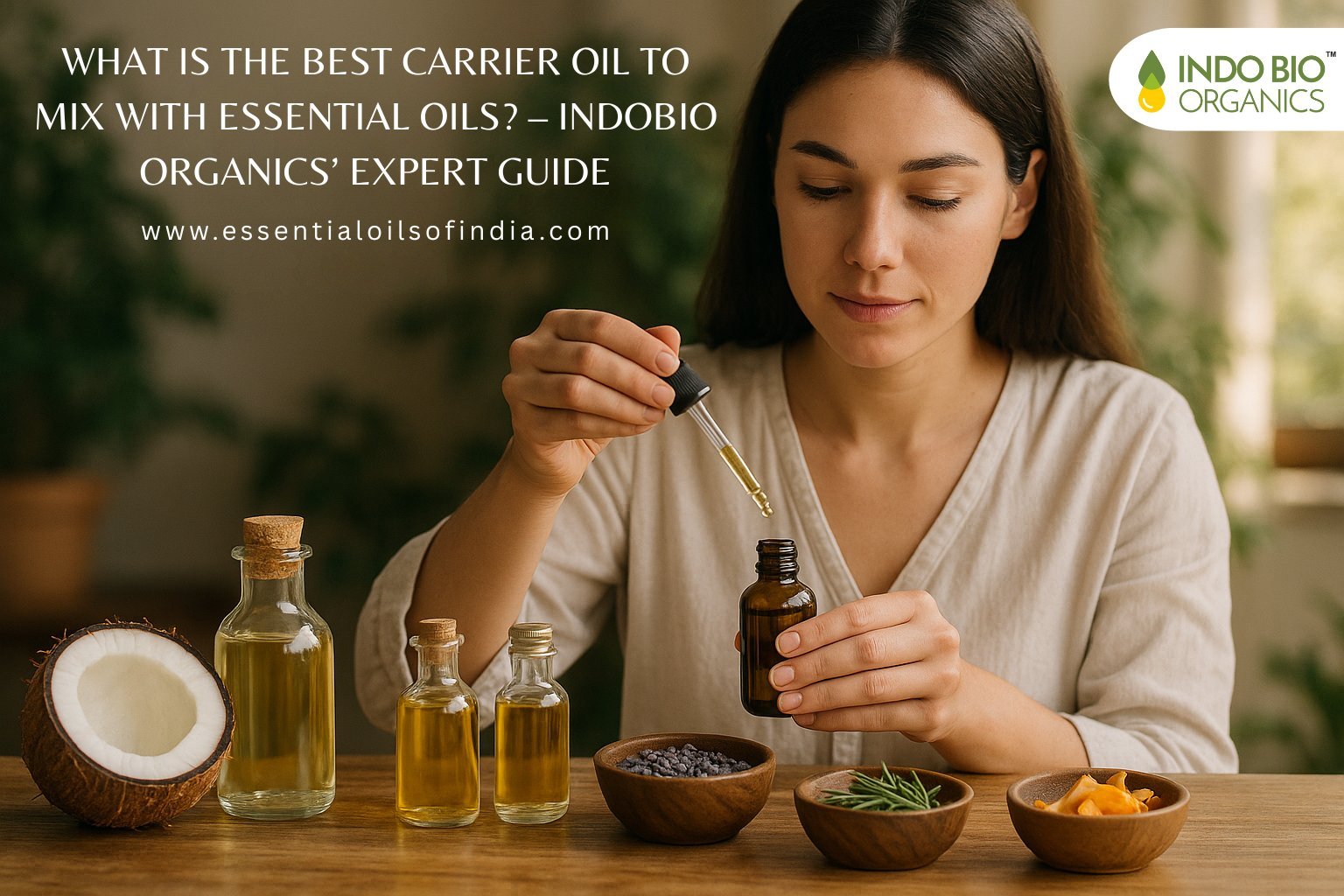
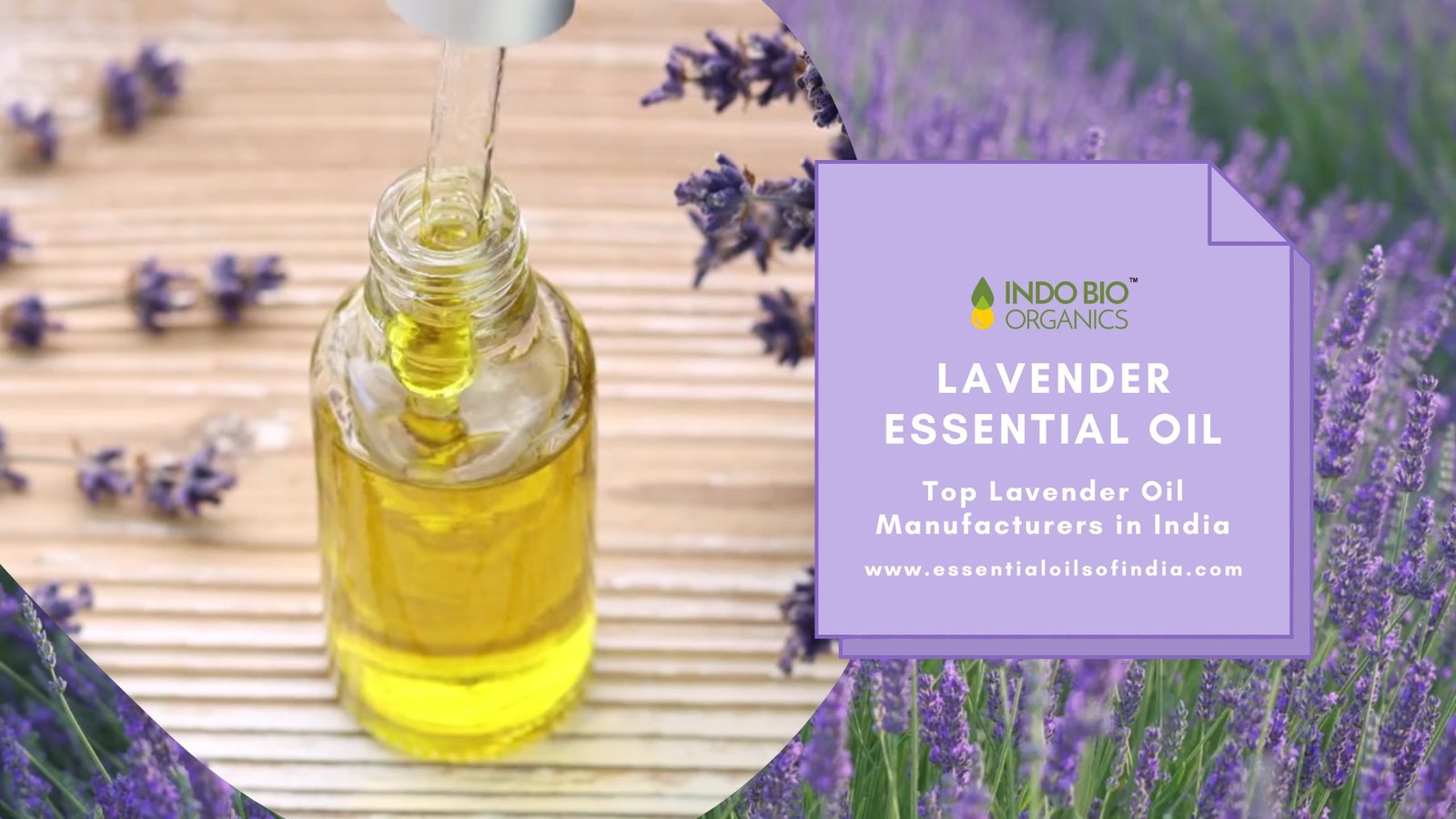
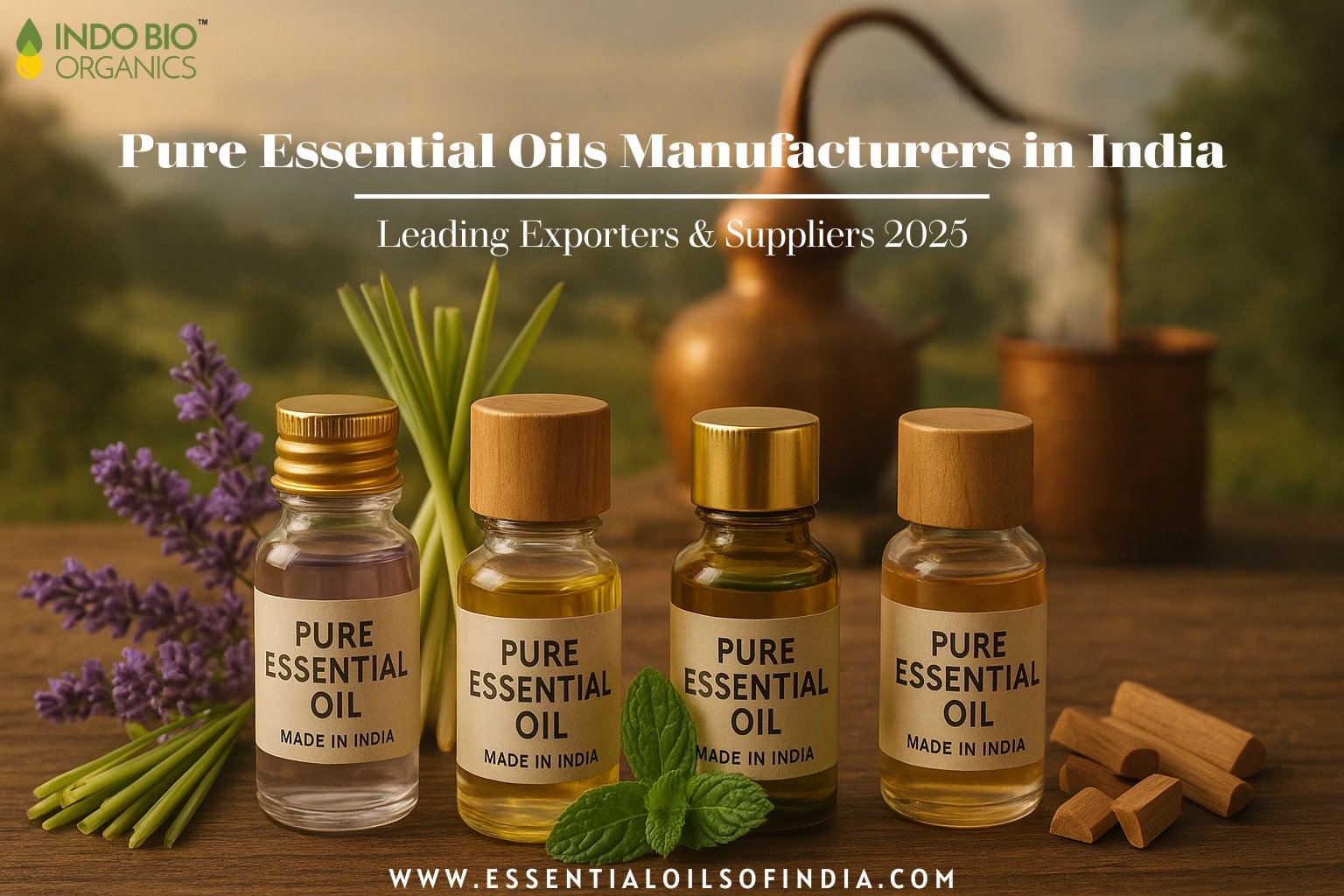
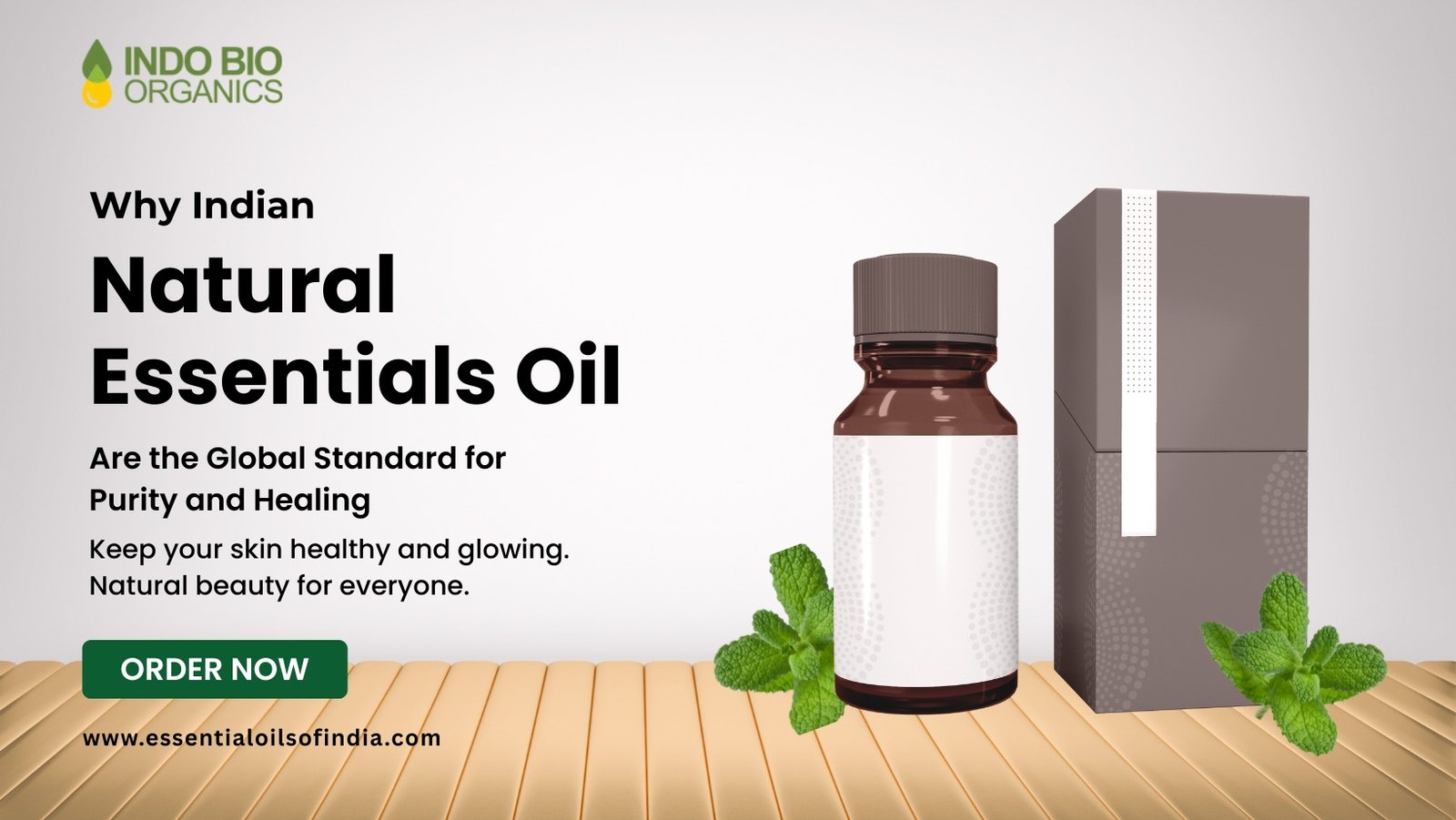









I recently purchased the Rosehip Oil and I am thoroughly impressed with the quality! The oil is 100% pure, cold-pressed, and has a light, non-greasy texture that absorbs beautifully into the skin.
As a bulk buyer, I’ve been sourcing Rosemary Oil from www.essentialoilsofindia.com for several months now. The quality is consistently excellent—pure, potent, and exactly as per our specifications. Packaging is secure, deliveries are on time, and their customer support is responsive and professional. A trustworthy partner for essential oils.
We’ve been purchasing essential oils regularly from www.essentialoilsofindia.com and are extremely satisfied with their quality, consistency, and service. The oils are always pure and well-packaged, and shipments arrive on time. A dependable supplier for our business needs.